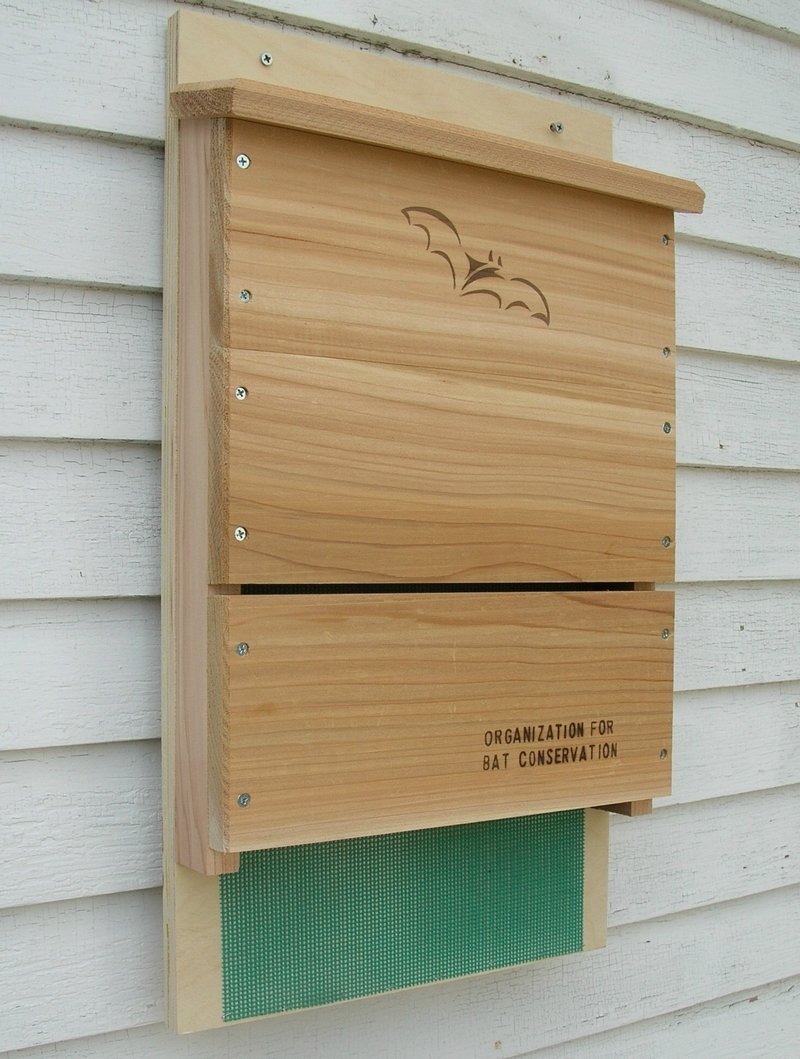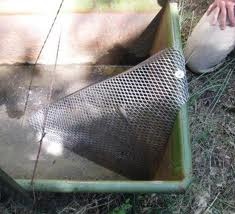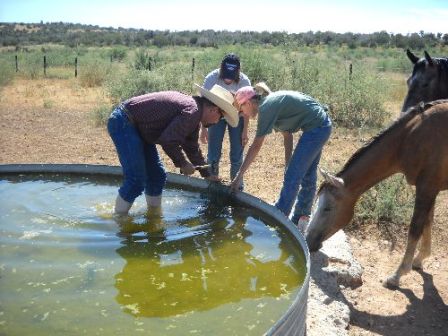 Bats in the Attic - August 2, 2017 Jeff Schalau, Agent, Agriculture & Natural Resources University of Arizona Cooperative Extension, Yavapai County Arizona has 28 different species of bats. Most are insectivorous and can consume more than one-half their body weight in insects each night. A large colony can eat literally tons of insects annually. Other bat species are important pollinators of native plants. Many bats live in large colonies. If the colony is in your attic or other building, this can cause unwanted noise and pose potential health risks to people living in close proximity. Before attempting to manage nuisance bats, it is essential to verify that bats are actually the cause. The only way to permanently rid a building of bats is to eliminate all possible entrances. Repellents and traps are not permanent control methods. Bat-proofing a building is the only efficient and permanent way to eliminate bat problems. Bats should not be excluded from roosts when females are raising pups. This is generally May through August in Arizona. Mothers often leave young bats in the roost when foraging at night. If bats are excluded during this time, the pups will be inadvertently trapped inside the roost and killed. Some bats also hibernate in buildings during the winter months. Winter exclusions should be performed only if it can be determined that no bats are hibernating in the building. If bats are present during the winter months, exclusion should be postponed until the spring. Bats may enter buildings through openings such as louvers, vents, broken windows, worn-out siding or holes around eaves and cornices. Other problem areas are faulty ridge vents, crevices in the soffit and fascia, chimneys that have slumped away from buildings, loose flashing, and the interiors of abandoned chimneys. Smaller bat species can crawl through slits as narrow as 3/8 of an inch. Therefore, it is essential to seal all openings 1/4 inch or larger. Examine buildings for bat activity at twilight to determine where bats are entering and exiting the roost. Look for brown stains at the roost openings caused by oil on the bats’ fur rubbing off on the outside surface of the building. Guano (droppings) may also be visible beneath roost openings. Generally, most bats will leave the roost at dusk and within 30 minutes after the first bat exits. Observing the building within an hour after dusk is the best way to locate openings used by bats as they fly out. The next step is to screen all potential openings with fiberglass window screen fastened in a way that allows bats to escape but not re-enter. Fiberglass screen material is available at home improvement or hardware stores. Do not use wire screening as it is not flexible. The top and sides of the screen should be affixed to the building at the roost exit and the bottom left open creating a one-way door. Bats will exit the roost and crawl down and out from under the screen, but when they return and attempt to land, their re-entrance is blocked by the screen. Leave the netting up for 5–7 days, and observe the bats exiting at night to see that progressively fewer bats are leaving each night and not using alternative openings. Seal all holes after you are sure all bats are gone. Construction adhesive or caulking can be injected in cracks, crevices or any smaller entrances. Larger crevices may need to be stuffed with fiberglass screening before being caulked over. Large openings should be covered with sheet metal or with 1/4-inch mesh hardware cloth if ventilation is necessary. Foam is very messy to work with and can kill animals that come into contact with it; it should only be used in very complex or hard-to-reach areas. Bats, unlike many rodents, will not chew their way back into a roost. In areas where bat populations are high and other suitable roosts are limited, homeowners should consider installing one or more bat houses. These simple structures are commercially available. Local ranchers are also installing wildlife escape ramps which allow bats and other small animals to climb out of water tanks in case they become trapped. I've included additional bat resources below. Follow the Backyard Gardener on Twitter – use the link on the BYG website. If you have other gardening questions, call the Master Gardener help line in the Camp Verde office at 928-554-8992 or e-mail us at verdevalleymg@gmail.com and be sure to include your name, address and phone number. Find past Backyard Gardener columns or provide feedback at the Backyard Gardener web site: http://cals.arizona.edu/yavapai/anr/hort/byg/. Photos  Typical bat house.  A wildlife escape ramp showing a fence lizard.  University of Arizona Range Management Specialist, Doug Tolleson, and students install wildlife escape ramp on stock watering tank. Additional Resources Bat Conservation International, Conserving the world's bat populations. batcon.org/ Bats, Kansas State Extension www.wildlife.k-state.edu/species/bats/ Bats of Missouri: Information for Homeowners, University of Missouri Extension extension.missouri.edu/p/g9460 |